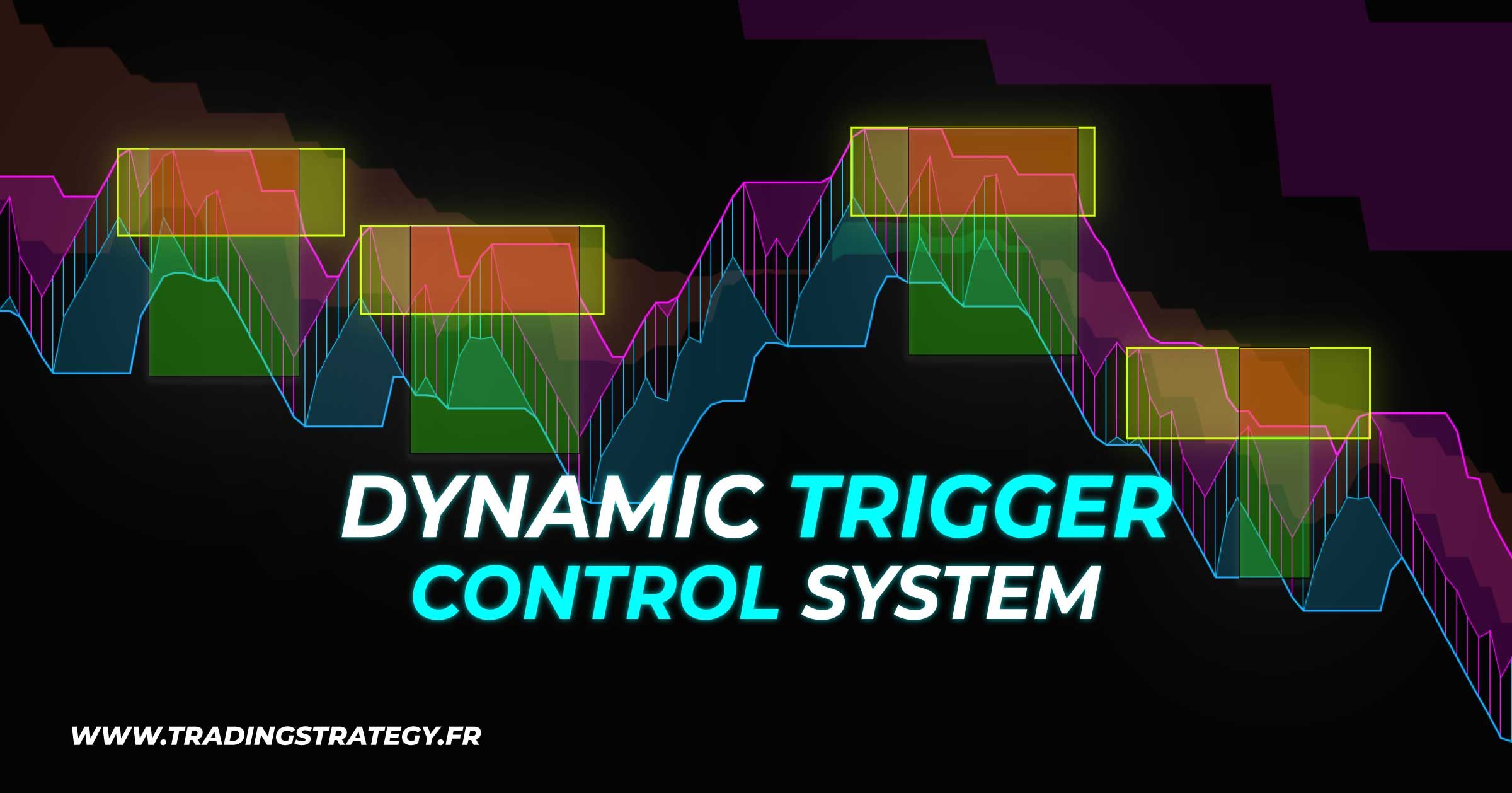
The Dynamic Trigger Control System (DTC System) isn’t your traditional market analysis method. Designed to adapt to real-time price dynamics, this system provides a structured and precise interpretation of market flows using unique tools like Trigger Zones, the Momentum Line, Anchor Zones, and innovative concepts such as Synergy Flow and Dissonance Flow.
In this article, you’ll explore the foundation of the DTC System, understand how it works, and learn why it redefines market analysis with a logical and dynamic approach.
What Is the Dynamic Trigger Control System?
The DTC System is a method crafted to analyze market movements with precision and adaptability. Unlike other approaches that focus on static principles, the DTC System emphasizes identifying and leveraging evolving zones, levels, and flows.
Key Principles:
- Observing Flows: Identify interactions between Rush, Drop, Up Flows, and Down Flows to understand dominant market forces.
- Validating Actions: Use tools like Trigger Zones and the Momentum Line to confirm opportunities after key reactions.
- Adaptability: Integrate concepts like Anchor Zones to capture major pauses and decisions across varied trading units (UT).
Core Elements of the DTC System
Trigger Zone
- A price area where the market is expected to react.
- Serves as a base for observing key movements such as Bounce or Break.
Momentum Line
- A dynamic line that validates reactions after interacting with a Trigger Zone.
- Acts as a strategic filter to strengthen decision-making.
Anchor Zone
- A pivotal area where the price pauses or changes direction.
- These critical zones provide a broader perspective on market intent.
Rush and Drop
- Rapid, significant moves that define price dynamics.
- Rush indicates a swift value gain, while Drop reflects a sharp value decline.
Up Flows and Down Flows
- Flows represent the balance between Rush and Drop within specific trading units (UT).
- Up Flows dominate when bullish energy prevails, while Down Flows highlight bearish dominance.
Synergy Flow and Dissonance Flow
- Synergy Flow: Indicates alignment across multiple UTs, showing market consistency.
- Dissonance Flow: Highlights conflicts or instability, signaling potential market uncertainty.
These interactions refine your understanding of overall market dynamics.
Why Choose the DTC System?
The DTC System stands out for its ability to adapt to real-time market conditions.
Key Advantages:
- Clarity: Each system component simplifies analysis without compromising precision.
- Structured Logic: Tools and concepts integrate seamlessly to provide a cohesive market view.
- Adaptability: This dynamic approach works across all trading units, whether volume candles, tick charts, or other formats.
How to Implement the DTC System in Your Analysis
- Identify a Trigger Zone: Pinpoint price areas where market reactions are likely.
- Analyze Flows: Decode Rush, Drop, Up Flows, and Down Flows to grasp the dominant energy.
- Validate Opportunities: Use the Momentum Line and Anchor Zones to confirm or dismiss potential decisions.
- Evaluate Global Interactions: Ensure flow consistency through Synergy Flow, or watch for potential conflicts via Dissonance Flow.
Conclusion: The DTC System – A Unique Market Analysis Approach
The Dynamic Trigger Control System (DTC System) redefines traditional market analysis by offering a logical, adaptable, and comprehensive method. By mastering its key concepts and tools, you can better understand price dynamics, validate strategic opportunities, and act with greater confidence.
Explore Trigger Zones, the Momentum Line, and other DTC System elements to build a precise, market-flow-aligned analysis.
